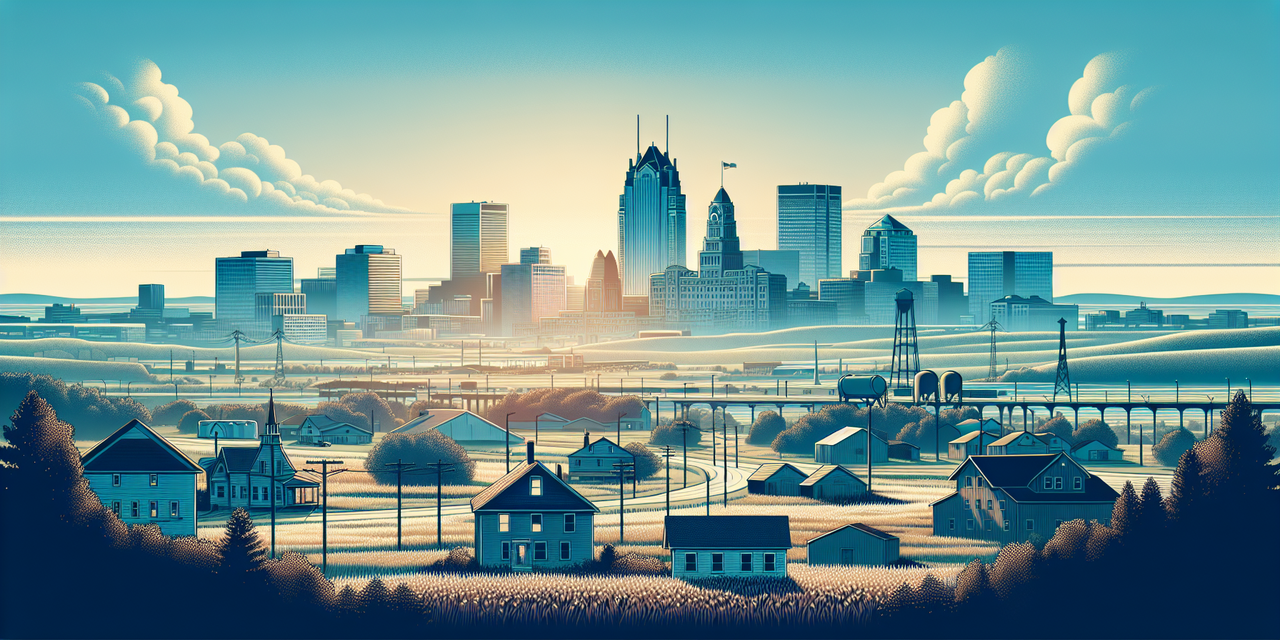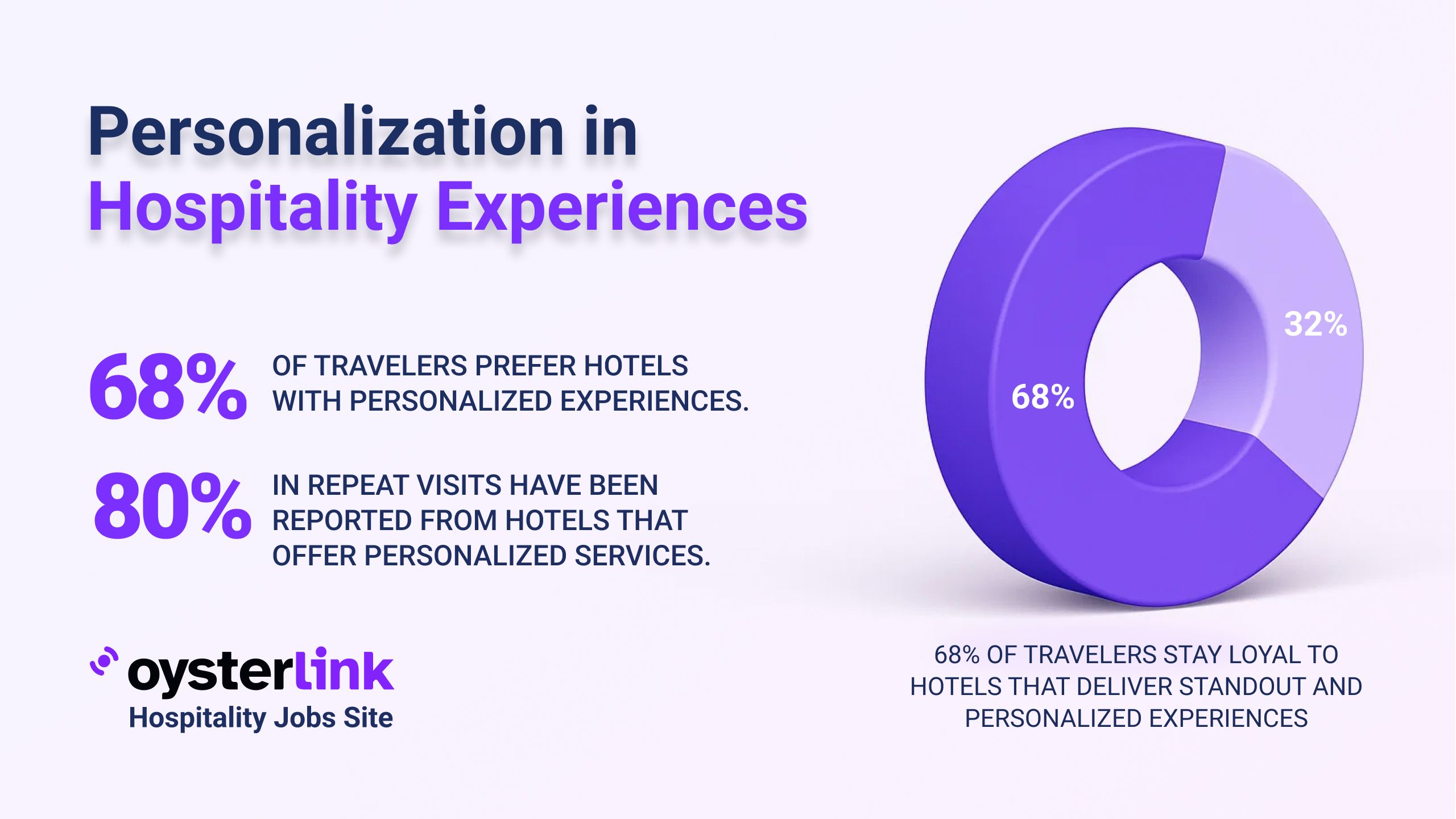North Dakota Cost of Living: Quick Takeaways
- Housing Costs: The average rent for a one-bedroom apartment in North Dakota has increased steadily to $912 in 2025.
- Transportation Expenses: Public transit fares are affordable, with monthly passes at around $50 and gas prices averaging $3.26 per gallon.
- Healthcare Costs: Monthly premiums for employer-sponsored insurance are about $126.83, while Silver plans average $874.50 monthly.
- Income Levels: Median household income grew to $73,959 in 2025.
North Dakota offers a relatively affordable living environment in the Midwest with diverse housing, transportation and healthcare expenses.
This article provides a detailed breakdown of the cost of living in North Dakota for 2025, helping residents and newcomers plan their budgets effectively.
1. Housing Costs in North Dakota
Housing is a key factor in the cost of living, with rents gradually rising over the years.
- 2010: Average rent for a one-bedroom apartment was approximately $600.
- 2015: Increased to about $700.
- 2020: Reached $800.
- 2024: Jumped to $912.
- 2025: Remains steady at $912.
These trends reflect a consistent increase in rental costs across North Dakota.
For businesses looking to understand the broader market, our hospitality real estate market trends resource offers valuable insights into property investment and rental developments.
2. Homeownership and Real Estate Trends in North Dakota
Buying a home in North Dakota has become more costly over time but remains affordable compared to national averages.
- 2010: Median home price was around $150,000.
- 2015: Rose to $200,000.
- 2020: Reached $250,000.
- 2024: Increased to $295,000.
- 2025: Holds steady at $295,000.
This housing appreciation mirrors the region's economic growth and demand.
3. Transportation Expenses in North Dakota
Transportation costs combine public transit fares, fuel prices and vehicle upkeep.
- Public Transit: One-way fare averages $1.50, with monthly passes around $50.
- Fuel Costs: Gas price per gallon is around $3.26.
- Vehicle Maintenance: Annual maintenance costs approximate $1,000.
These expenses vary based on personal commuting needs and vehicle types.
Having efficient staff schedules is essential for hospitality businesses in any region. Explore how apps for bartender scheduling can streamline operations and reduce transportation-related timing issues among employees.
4. Utility Costs in North Dakota
Monthly utilities for an average household include electricity, internet and other services.
- Electricity: Approximately $122.20 per month.
- Internet: Around $60 monthly.
- Total Utilities: Sum up to $182.20 monthly.
Utility costs are influenced by usage patterns and service providers.
5. Grocery and Food Expenses in North Dakota
Food costs include groceries and dining out, fitting within regional averages.
Monthly grocery spending is about $306 per person. Dining out ranges from casual meals at $15 to mid-range restaurant dinners at $50.
Restaurants must also be aware of effective marketing to attract diners. Learn more about creative restaurant marketing ideas tailored for the hospitality industry.
6. Healthcare Costs in North Dakota
Healthcare expenses consist of insurance premiums and out-of-pocket costs.
Employer-sponsored insurance averages about $126.83 monthly, while Silver health insurance plans cost roughly $874.50 per month.
7. Educational Expenses in North Dakota
North Dakota offers a mix of public, private and higher education options.
- Public Schools: Funded by taxes with no direct fees.
- Private Schools: Average tuition is approximately $10,000 annually.
- In-State University Tuition: Costs about $9,000 per year.
Costs vary depending on institution and program choice.
8. Entertainment and Leisure in North Dakota
Recreational activities and leisure contribute to personal and social well-being.
- Movie Tickets: Cost about $10 each.
- Gym Memberships: Average around $40 per month.
- Mid-Range Restaurant Meal: Approximately $50 per meal.
- Annual Entertainment Expenses: Total roughly $2,000.
These figures reflect local lifestyle opportunities and costs.
9. Taxes and Miscellaneous Fees in North Dakota
Taxes impact the cost of living via income, sales and property taxes.
- State Income Tax: Ranges from 0% to 2.5%.
- Sales Tax: Between 5% and 8.5%.
- Property Tax Rate: About 0.94%.
These taxes affect residents and businesses differently depending on income and property values.
10. Childcare and Family Expenses in North Dakota
Families with children should budget for childcare and related activities.
- Daycare: Monthly cost averages $1,140.
- After-School Programs: Around $500 monthly.
- Extracurricular Activities: Typically $100 per month.
These expenses are essential considerations for family budgeting.
11. Clothing and Personal Care in North Dakota
Residents allocate funds to clothing and personal care necessities regularly.
- Clothing: Average spending is about $100 monthly.
- Personal Care: Approximately $50 per month on products and services.
Costs may vary according to lifestyle preferences.
12. Insurance Costs in North Dakota
Insurance expenses encompass multiple categories vital for financial protection.
- Health Insurance: Silver plan monthly premiums are around $874.50.
- Auto Insurance: Annual premiums average $823.56.
- Homeowners Insurance: Costs about $1,200 annually.
- Renters Insurance: Around $180 yearly.
Insurance costs fluctuate based on coverage selections and risk factors.
Restaurant owners concerned with their business insurance needs can find useful advice in our article on restaurant insurance cost.
13. Miscellaneous Expenses in North Dakota
Additional spending includes entertainment, personal care services and other goods.
- Entertainment: Approximately $2,000 annually.
- Personal Care Services: Around $600 yearly.
- Miscellaneous Goods and Services: Estimated at $700 annually.
These contribute to the overall lifestyle cost in the state.
14. Income and Salaries in North Dakota
Median household income has steadily increased over recent years.
- 2010: Approximately $50,000.
- 2015: Rose to $60,000.
- 2020: Reached around $65,000.
- 2023-2025: Steady at about $73,959.
This growth reflects the state's economic development.
For those in the hospitality sector exploring career opportunities aligned with local economic conditions, see our career guide on how to become a restaurant manager.
15. Comparison with National Averages
North Dakota offers a generally lower cost of living than the national average, with some exceptions.
- Overall Cost of Living: About 4% below national average.
- Housing: Significantly lower by 19% compared to national figures.
- Utilities: Also about 19% less expensive.
- Food: Around 4% lower.
- Healthcare: Slightly above by 1%.
- Transportation: In line with national averages.
- Goods & Services: 10% higher than national averages.
Understanding these differences helps in evaluating affordability and lifestyle choices.
Our Methodology for North Dakota Cost of Living Figures
Our data comes from trusted sources including government databases, Numbeo, MIT Living Wage Calculator, Zillow and other reputable platforms.
Where exact data was unavailable, we made well-informed estimates to present the most accurate picture possible.
North Dakota Cost of Living: Conclusion
North Dakota presents a cost of living environment characterized by affordable housing, reasonable utilities and moderate transportation costs.
While healthcare and some goods and services are slightly costlier compared to the national average, overall expenses remain below average.
This provides a balanced living situation for residents and families considering relocation, with opportunities to maintain a good quality of life within a manageable budget.
Hospitality employers looking to optimize their recruitment and retention strategies in such markets may benefit from our guide on strategies to reduce restaurant employee turnover, essential in regions with emerging economic growth like North Dakota.



.jpg)
.jpg)